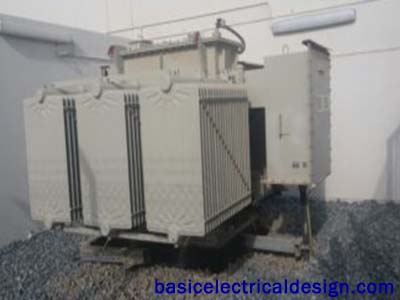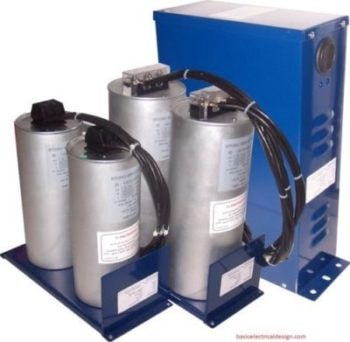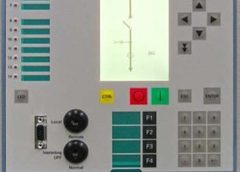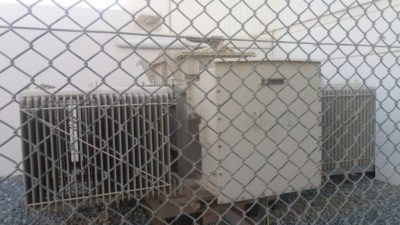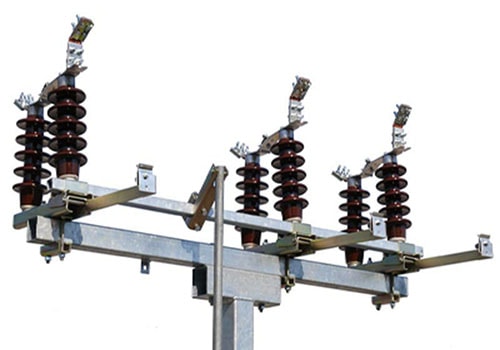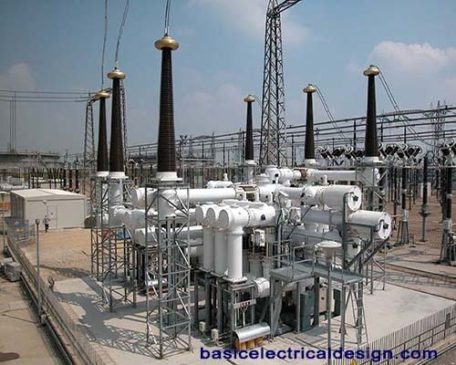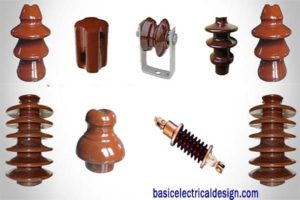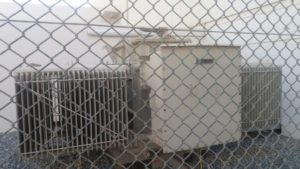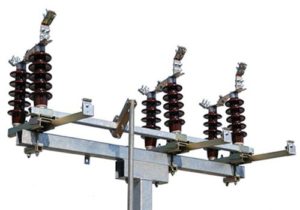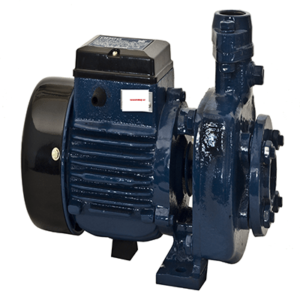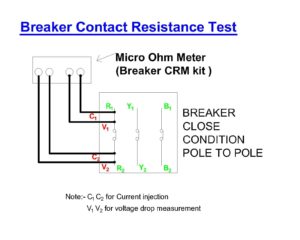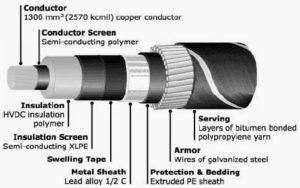Classification of the Outdoor Circuit Breakers Outdoor Circuit breakers can be classified using different criteria namely: The intended voltage application The location of installation Their external design characteristics, The method and the medium used to interrupt the current The voltage class The classification of outdoor circuit breakers by their voltage class will be a logistical start. This is the voltage level at which the breakers are intended to be used. This first broad classification divides the classification into two categories. They are, Low voltage circuit breakers which are rated at…
Read MoreTypes of Insulators – Overhead power line Insulator
Some of basic Information about Insulator Different types of insulators are used to prevent the flow of current to the earth from the transmission line. Insulators play an important role in the successful operation of the line. In bare conductors, primary insulation is provided by the air between conductor to conductor and between conductors to earth. At the point of mechanical support, insulators are provided. In low voltage, a line such insulators are relatively simple but at Extra High Voltage and extra High voltages they are complex. Requirement of an…
Read MoreCommissioning Procedures for Protection Relays On Site
Pre commissioning check/Instruction of Protection Relays Refer to Siemens protection relays:- Check the relay model number (type number) is as per specifications. Note the serial no of the relay of the relay. Inspect the relay for signs of physical damage. Check that any series resistors, where applicable, have been installed e.g. for CTMM relays a series resistor is required in the power circuit, depending on the supply voltage. Test the relay as per the procedure for the given relay. Protection relays can be divided in to current operated ( eg- CDG…
Read MoreTesting of Stability of Transformer Differential Scheme
Guidelines of transformer differential stability check Transformer above 2 MVA are normally provided with differential protection scheme. The relay can be of static type(DTH31- Alsthom) or numerical type( 7 UT- Sag ) The relays have to be tested as per the procedure mentioned in manuals.The procedure mention below enables the testing engineer to confirm the correctness wiring. Expected short circuit current can be calculated from the % impedance of the transformer. e.g. Consider a transformer of 10 MVA, 132 KV /11 KV, % impedance – 13 % Calculated primary full load current…
Read MoreCommissioning of isolators and earthing switches
Guidelines of Commissioning of isolators Some of the important guidelines to be followed before energizing the isolators and earthing switches. For your reference, please find below the step by step process of commissioning of isolators: Isolators can be of the following types Centre break Double break Pantograph Operation of isolators can be motorized or manually operated. The nameplate details of an isolator consists of rated current, rated voltage, short circuit current rating, the auxiliary voltage required for operation etc. For a motorized isolator closing & opening is normally controlled by ‘close’,…
Read MoreCommissioning Procedure for Electric HT Motor
Quick Guidelines of Industrial Electric HT Motor Pre-Commissioning checks:- Check for the proper fixing motor on the foundation. Check that the motor can be easily turned over by hand. Check motor winding resistance on each phase; verify that they are equal. IR value and PI value of the motor to be checked. IR values and HV test on the cable to be performed. Check all the tripping and alarm signals from winding and bearing TRDs (through scanner if provided) Testing of ht motor protection relay and tripping of the circuit breaker…
Read MoreCommissioning Procedure for HV / HT Cable
Step by step Commissioning guidelines of HV/ HT Cable Check continuity of the HT cable to confirm R, Y and B phase at both ends as per marking. This is especially important when there is more than one run of cable phase; any cross-over will result in a dead short circuit. The Cable screen is to be earthed at one end only. Cable gland plate should be of non- magnetic type e.g. aluminum. Perform HV / HT test on the cable.Apply only Dc voltage, as cables have relatively higher capacitance. Check…
Read MorePre-Commissioning check for indoor vacuum circuit breaker
Testing and commissioning of indoor Vacuum circuit breaker Physical Inspection and Mechanical checks:- Check the circuit breaker, vacuum bottle and insulators for cracks or other signs of physical damage. Check the tightness of connections, including flexible connection between vacuum bottle and busbar. Switch off control power to the breaker of disconnect the control plug. Discharge the closing and tripping springs- this done by first tripping the breaker (if it is closed), then closing the breaker, then tripping it again. Open the cover of the mechanism box. Check for damage, check…
Read MoreHow to calculate electrical fault or Short circuit current?
Short circuit current calculation. Purpose It plays a very important role to protect & also safety of commercial and industrial electrical equipment like circuit breakers,transformers …etc. What is short circuit current? When two or more conductors are different phases come in contact with each other in a line, transformer or any other power element, then the part of the impedance is shunted out of the circuit due to which a large current flow in the un-faulted phases, such current is called the short circuit current. It reduces the effect of impedance in…
Read MoreHow to choose high voltage cable size?
Calculation of nominal cross sectional area of the high voltage cable High voltage cable The cross sectional area of high voltage cable where calculated shall not be less the value determined by following formula:- S = (I SC *√t ) / K Where, S= Nominal cross sectional area of the conductor in mm2 I SC = Value of fault current or short circuit current in KA T=Fault clearing…
Read MoreChoosing the right electrical protection devices for industrial control system
Electrical protection devices are critical for ensuring the safety and reliability of industrial control systems. With so many types of devices available, it can be challenging to know which ones to choose. Here are some factors to consider: What Types of Electrical Faults Can Occur? Different protection devices are designed to detect and mitigate different types of faults. Overcurrent protection devices, such as fuses and circuit breakers, protect against overloads and short circuits. Ground fault protection devices, such as GFCIs, protect against ground faults, which occur when electrical current flows…
Read MoreCommissioning Procedure For Bus Ducts.
Step by step Commissioning guidelines For Bus Ducts. Check the bus duct for physical damage and water ingress. Get it cleaned thoroughly. If a space heater is provided, ensure that there is adequate clearance between the heater wires and the main conductors. If necessary, dress the wires properly and securely. If a space heater is provided, test the operation and set the thermostat appropriately, based on the local ambient conditions. Perform megger test and, if it is an HT bus-duct, HV test. IF HV test is done, megger test should be repeated after…
Read More

